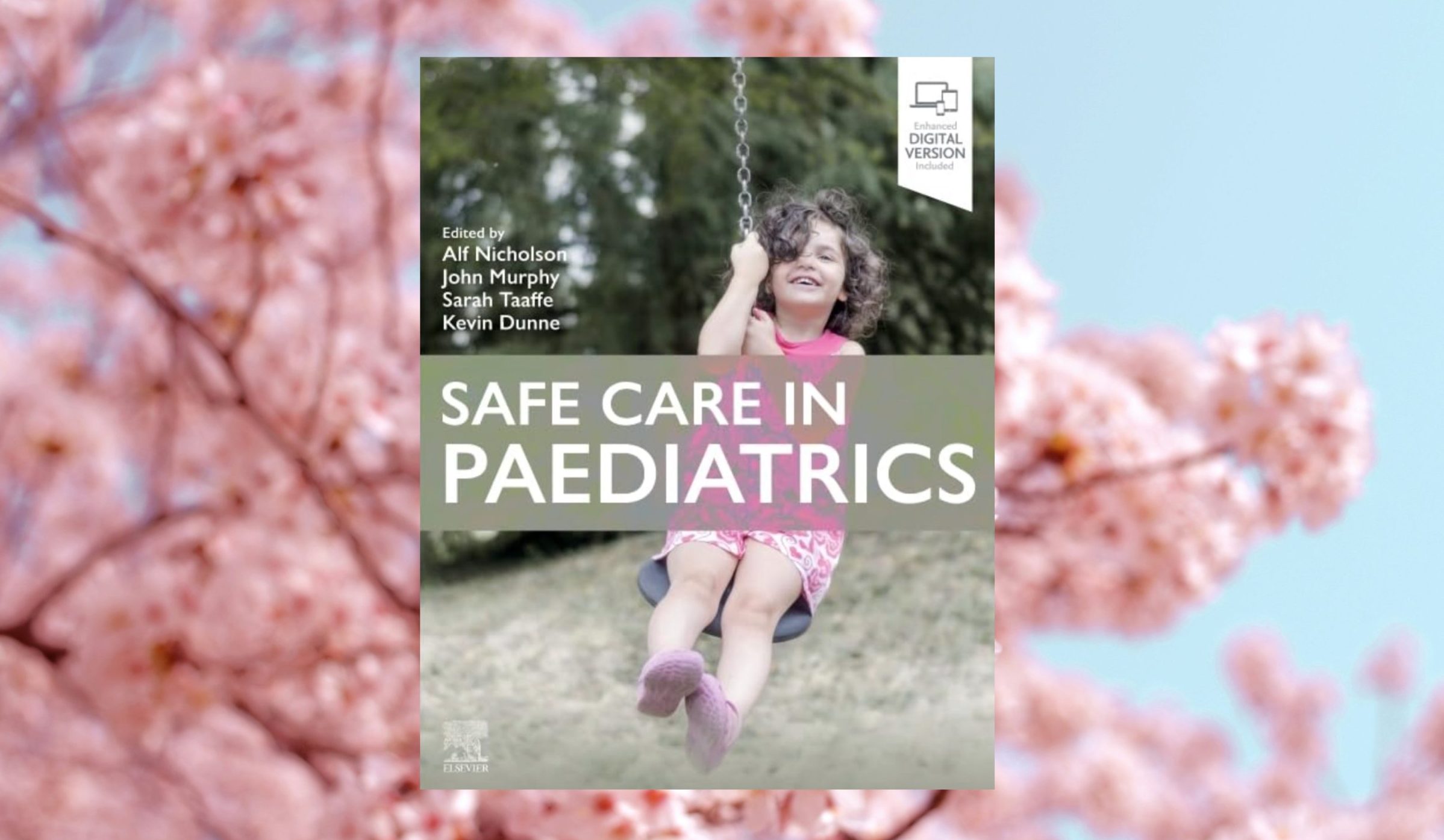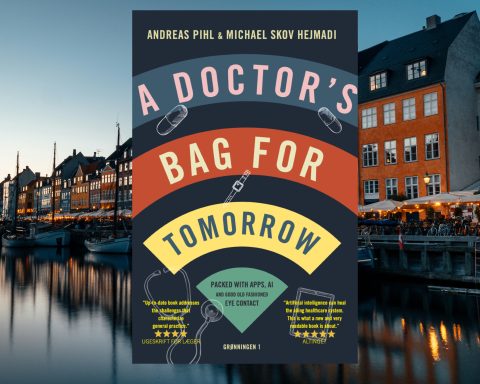 David Misselbrook is a retired GP, and senior ethics advisor to the BJGP
David Misselbrook is a retired GP, and senior ethics advisor to the BJGP
They’ve done it again!
Last year I reviewed Alf Nicholson and Kevin Dunne’s brilliant book, Building Blocks in Paediatrics. I had no hesitation in recommending this as a superbly accessible text aimed at both GPs and paediatricians, particularly for the training grades in both disciplines. The book covers a practical and very hands on curriculum that will boost any doctor’s breadth and depth of knowledge of children’s medicine. So what could possibly be added?
But however good we are at day to day care, don’t all of us carry some degree of dread that one day something will go wrong?
But however good we are at day to day care, don’t all of us carry some degree of dread that one day something will go wrong? If we crash a car it can be fixed or replaced. Looking after kids is like driving fast; it may be a joy but rapidly disastrous if we crash. Kids are precious and not replaceable. if we make a bad judgement or miss a diagnosis or things just don’t turn out how they should then this becomes every doctor’s nightmare.
So this time Alf Nicholson and Kevin Dunne have worked with John Murphy, a neonatologist, and Sarah Taaffe, a GP and Paediatric Training Lead, to come up with another winner, concentrating on patient safety in children’s care. The book is about “exploring the potential pitfalls for the healthcare professional dealing with children to share the learning and avoid making the very same mistakes.”
The book covers the usual suspects such as medication errors, pitfalls in the six week check, recognising the sick child, meningococcal disease, Kawasaki disease, kids with a limp, the recognition of less common red flags and unusual syndromes etc. But it covers these topics within the context of a deeper look at the principles of patient safety, rational diagnosis and practical safety netting – all cornerstones of general practice. It also covers responding to errors (including a frank and strongly supportive description of the scapegoating of Dr Hazida Bawa-Garba). The book is practical, e.g. in its coverage of investigations – what should we request, what should we not, and what on earth should we do with unclear results.
The individual chapters are written in conjunction with a couple of dozen other contributors, including another GP, psychologists and an airline captain.
The book looks not only at the children who are our patients, but also at we ourselves, the practitioners. It helps us to think rationally and wisely. It helps us to make teams work. It helps us to look after ourselves over a professional career. (How many medical textbooks have you read that include advice on family time, physical exercise, creativity and self-compassion?)
Finally, the book is just so accessible and readable. It is clearly laid out with plenty of key message boxes, diagrams and relevant illustrations. The individual chapters are written in conjunction with a couple of dozen other contributors, including another GP, psychologists and an airline captain. Reading this book through is well worthwhile, but an excellent index also makes it a useful reference text. And it comes with an eBook version at no extra cost, making it available to hand on your phone or other device.
I am immensely grateful that I was fortunate enough never to have made any major blunders with children’s care in my career. But I would have slept better had I read this book.
Featured book: Safe Care in Paediatrics. Eds: Nicholson A, Murphy J, Taaffe S and Dunne K. Elsevier, 2024. ISBN: 978-0-4431-0885-3
DOI: I know two of the editors personally as colleagues and friends.






